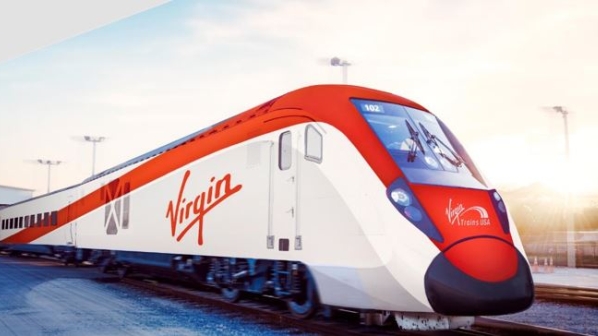The funding, which will allow Virgin Trains USA to issue bonds worth up to $US 800m, was the final step required before the launch of the project. This follows California’s approval for $US 600m in tax-exempt bonds and the US Department of Transportation’s (USDOT) approval for $US 1bn in tax-free private bonds earlier this year. The bonds must be issued by September 30.
The bonds can only be used for designing, developing and building facilities for the line, and not for purchasing rolling stock.
The line will run between Las Vegas and Victorville. XpressWest, the subsidiary of Virgin Trains USA planning the project, is in early talks to extend the western terminus from Victorville to Rancho Cucamonga, where the line could connect directly to the Los Angeles metro network. Work is expected to begin later this year, with the line due to open in 2023.
“This project is a long time coming to Nevada and I’m pleased to take this step forward to bring this vision to reality and bring additional jobs to our state,” says Nevada governor, Mr Steve Sisolak. “This plan creates jobs without using taxpayer dollars and without impacting our state’s ability to finance future projects, and will allow a new, convenient mode of transportation between Nevada and California.”
“This high-speed rail project is a major step in Nevada’s long-term economic recovery from the financial downturn caused by Covid-19,” says Nevada treasurer, Mr Zach Conine. “This project will put thousands of Nevadans to work, while strengthening our tourism economy and lowering our environmental footprint. As we look to rebuild and diversify our economy, sustainable infrastructure projects like this will be the key to the State’s success for years to come.”
For detailed data on high-speed projects around the world, subscribe to IRJ Pro.

